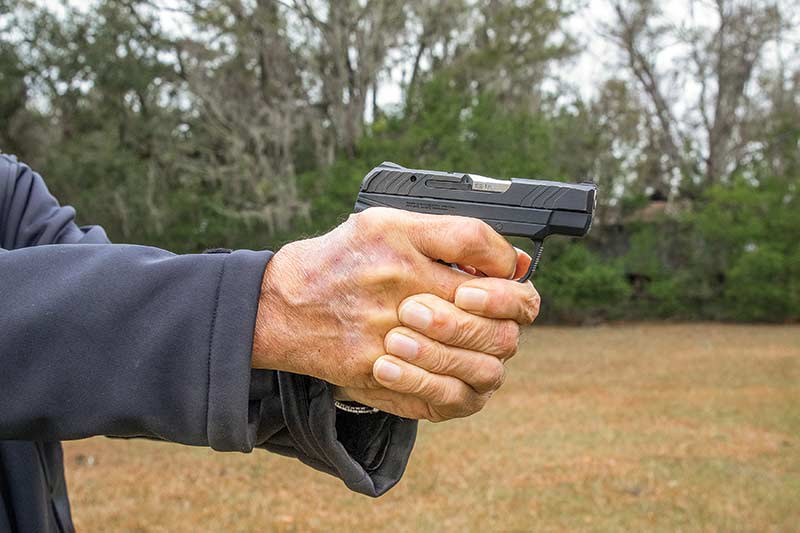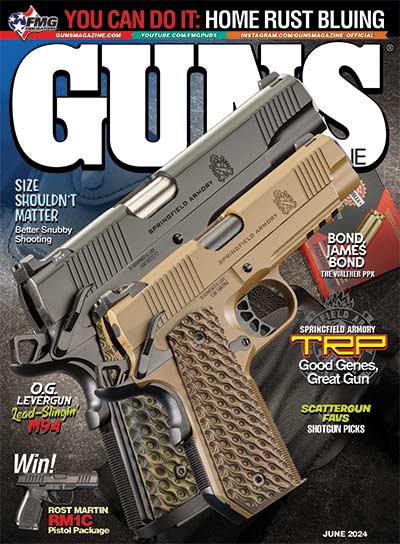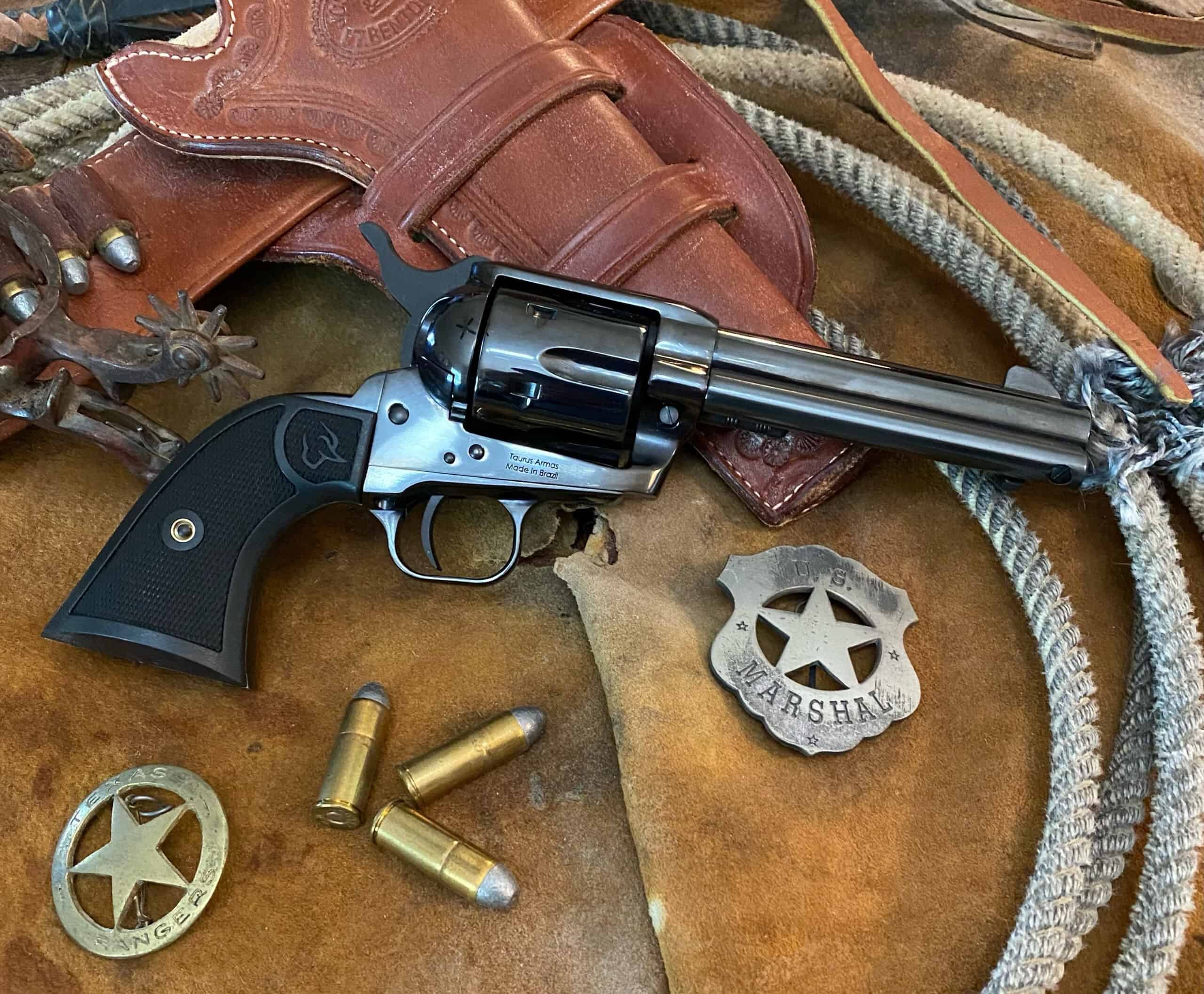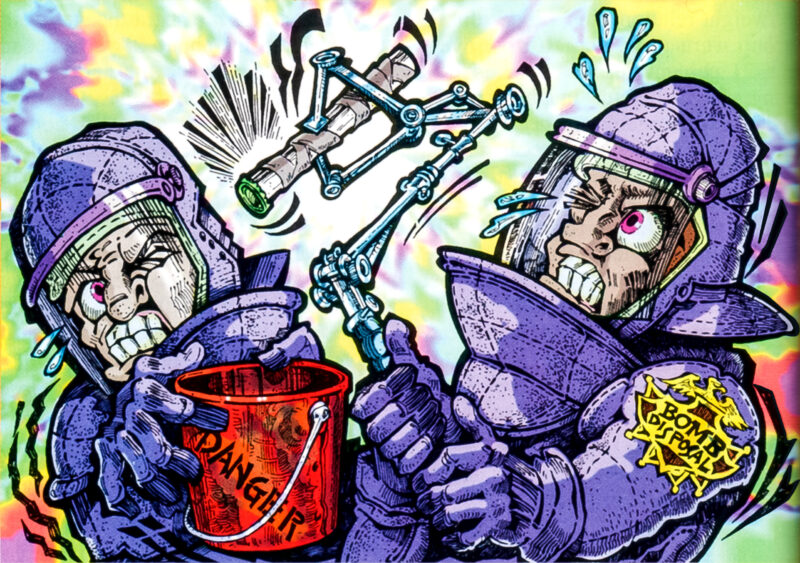Shoot Smaller Handguns Better
Shootin’ Straight with Your .38
Someone carrying concealed has to balance power and “shootability” with discreet and comfortable concealment. When the latter considerations override the former — something every individual has to decide for themselves — compromises have to be made. Carry a full-size “fighting pistol”? I’m with you, but you’re going to have to pay more attention to “dressing around the gun,” while the size and weight of the sidearm may create comfort issues.
The good news is you’ll have more rounds at your immediate disposal, perhaps more powerful rounds at that, and a gun, which conventional wisdom tells us, you should be able to shoot faster and straighter should the need arise.
Hide Out
Are you in an open carry state where there is no legal problem if your concealed carry handgun reveals itself? Cool. But, are you in an NPE (Non-Permissive Environment) where there is no legal blowback but it’s an occupational or social kiss of death if you are discovered to be armed? Ummm … something smaller is going to save you a lot of grief. And, if you carry a second gun for backup, wouldn’t it be a good idea for it to be really unobtrusive?
It’s in vogue in some circles to carry an ultra-light .22: a Ruger LCR or S&W Model 43C revolver, or a tiny Ruger LCP .22 auto. Those itty-bitty bullets can certainly kill but they have a really poor likelihood of stopping a threat unless you can put one into the central nervous system — which requires great accuracy under stress — which is exactly what small handguns are not famous for. Larger calibers will, of course, kick harder in smaller, lighter handguns than in bigger, heavier ones. So … let’s talk about how to compensate.
Grasp
The harder you hold the gun, the more you can stabilize it against the force you’re applying against the trigger. Whatever the caliber, this will be particularly true of the smaller guns. Forget the old “40% pressure with the firing hand, 60% strength applied with the support hand.” Whenever I hear that, I also hear, “The 1980s called and they want their shooting technique back.” You’re applying up to 12 or more pounds of trigger pressure on a double-action revolver possibly weighing less than a pound or five or more pounds on a tiny auto in roughly the same weight range. To stabilize the gun against a fast, hard trigger pull requires a max-force grip. Get your body weight forward into the handgun and you’re on your way to recoil control.
With a short butt, you may have only two fingers wrapped around the front of the grip frame, and on the really tiny ones, not even this. Don’t leave the pinky finger hanging in space. Whether you have a one- or two-handed grip, tuck that last finger tight under the gun butt! Fingers are sympathetic and the grasping digits won’t hit full power until they’re all grasping together. You’ll have 90% or better of the control you’d have had with the little finger on the grip instead of under it.
Trigger Control
Harder gun to shoot, fewer rounds in the smaller gun to make up for a bad shot with a “Mulligan,” nature may be telling us to slow down a little bit, aim, and get the center hits to stop the fight. Forty-some years ago, I interviewed a tough NYPD cop who had won a gun battle with a thug who was shooting at him with a .45 1911. I asked him if he had felt a bit undergunned, and his answer was memorable: “My man, shootin’ straight with my thirty-eight beat him givin’ me jive with his forty-five.”
We’re not talking “slow fire sniping” here, but more like slowing down by about 20%. If you think about it, with one second to solve the problem, this is only about a fifth of a second difference. However, it can be the difference between a fight-stopping hit and a time-wasting miss when there’s no time to waste at all. Jim Semone, an Ohio cop who had to shoot more than a dozen criminals in the line of duty, advised me to “Suck it up, take an extra second to aim, and put the bullet where it has to go.”
He won his most famous gunfight with a center heart shot from a 2″ barrel S&W .38 after having been severely wounded by a .357 Magnum round by his ambusher. My mentor Bill Jordan, who used to be field editor for this magazine, is credited with the advice, “Speed’s fine … accuracy’s final.”
Let us not kid ourselves: We need trigger time for any kind of shooting skill, and a gun that’s harder to shoot demands more trigger time. Get out there and shoot the damn thing! The very fact that we might be carrying a little gun means that we’ve already realized we might need it to keep our loved ones safe, and/or to come back to them whole!
Only you can truly assess your lifestyle needs and “threat profile,” then make the decision of what to carry. It’s just as true, only you can become as skilled with it as humanly possible for the day you need a firearm for its intended purpose.






